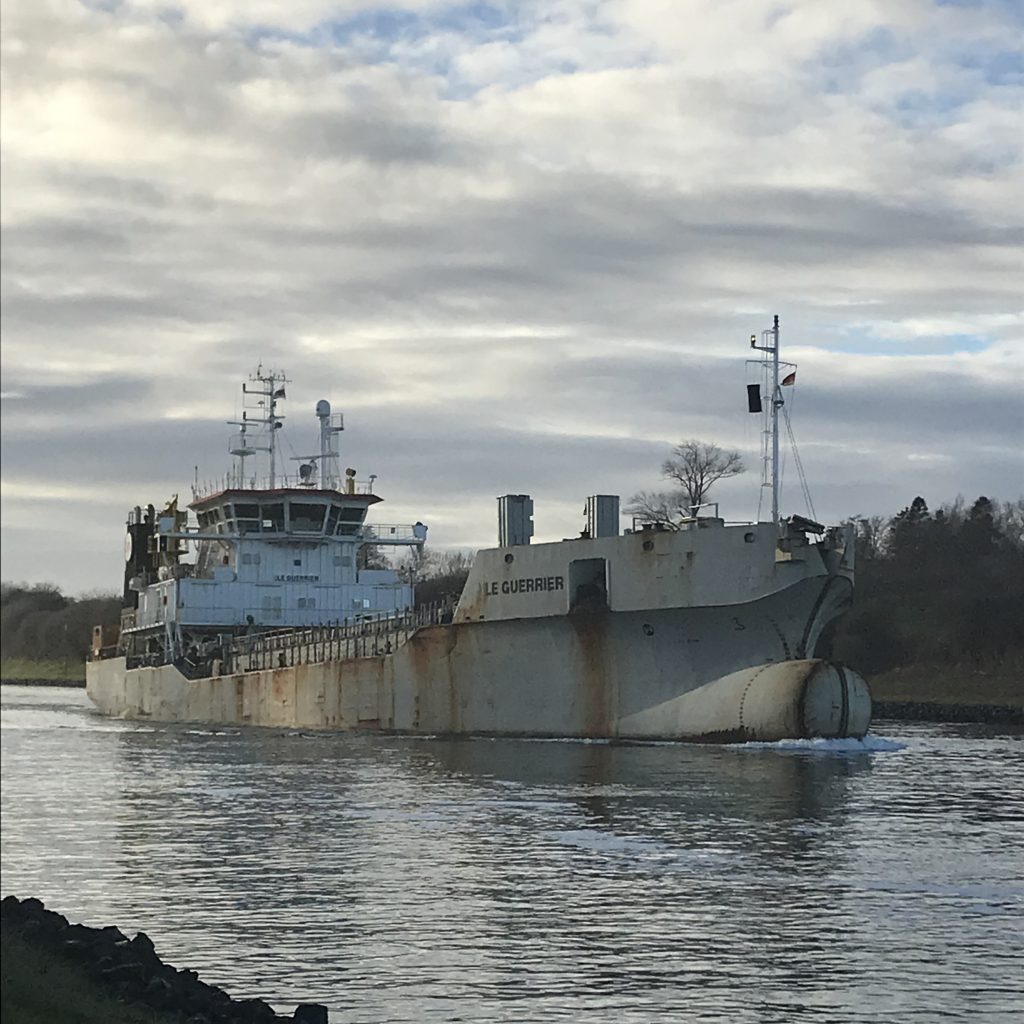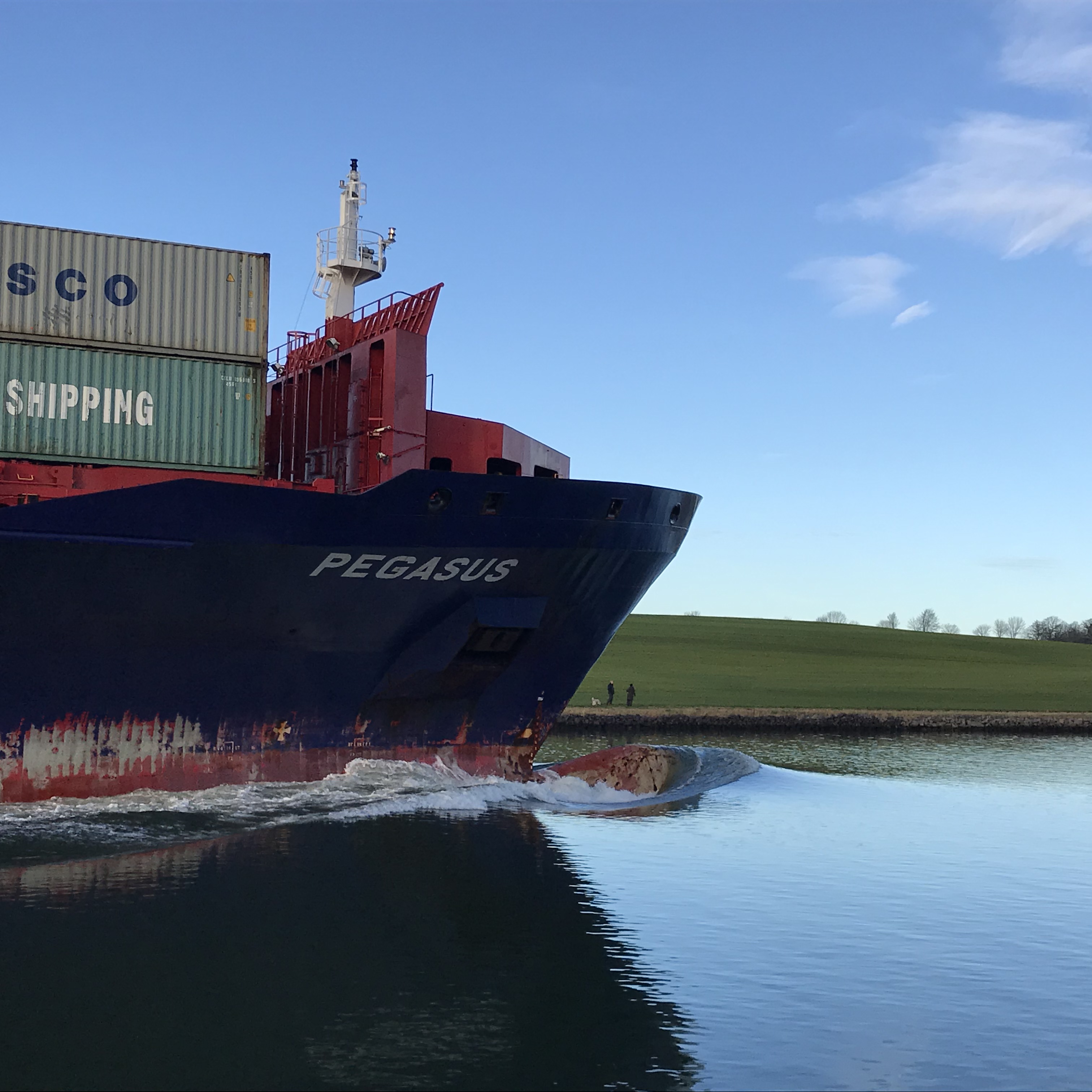
Wave watching on Kiel Canal: Bulbous bows and how they shape the wave field
Even when I fully intend to just go for a Saturday afternoon walk to catch up with a friend, this is what happens…
I get distracted by waves. Like the crisscrossing pattern of waves and their reflections that you see below.
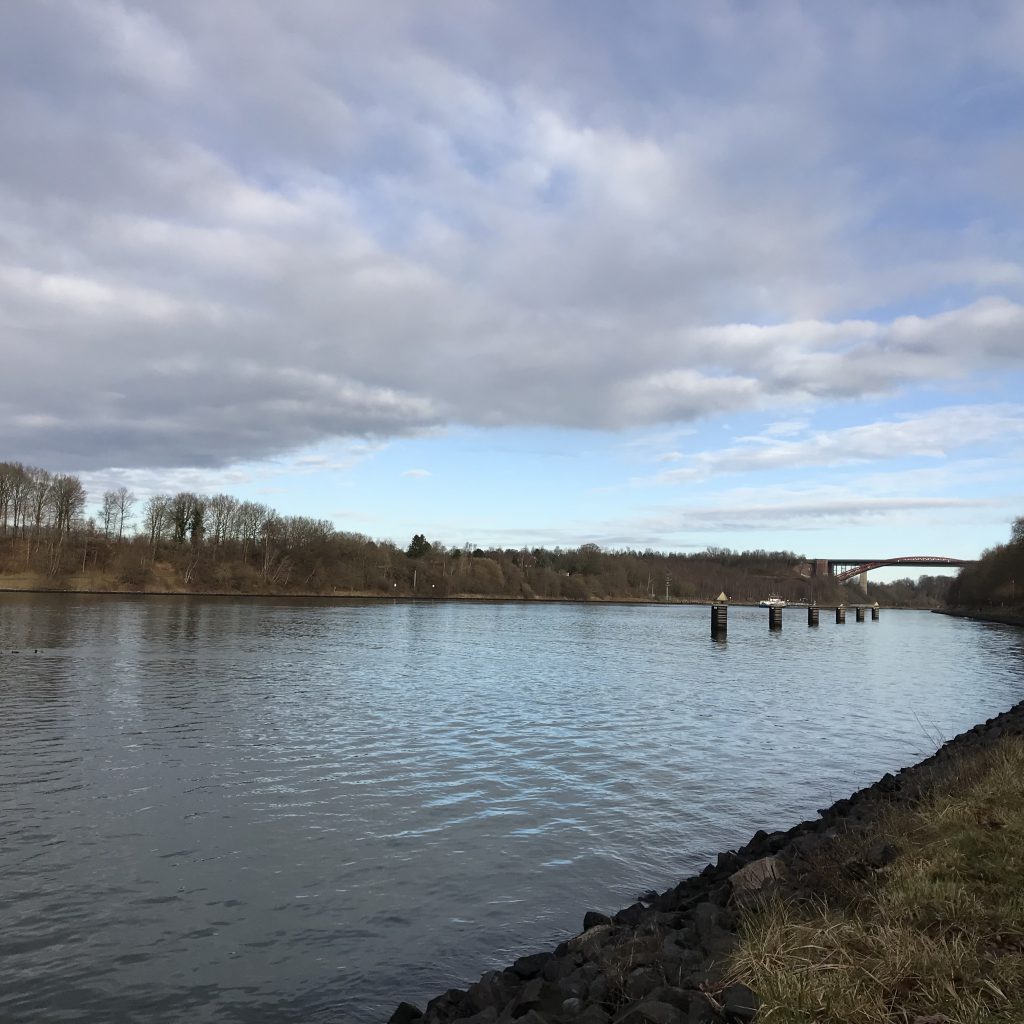
Or the amazing bow waves of ships passing by. Isn’t it fascinating what a huge amount of water is displaced by the ship’s bulbous bow, piling up into a mountain in front of it, then the sharp dip where the actual ship begins? (If you want to read about why ships are built with a bulbous bow, check out this old blogpost).
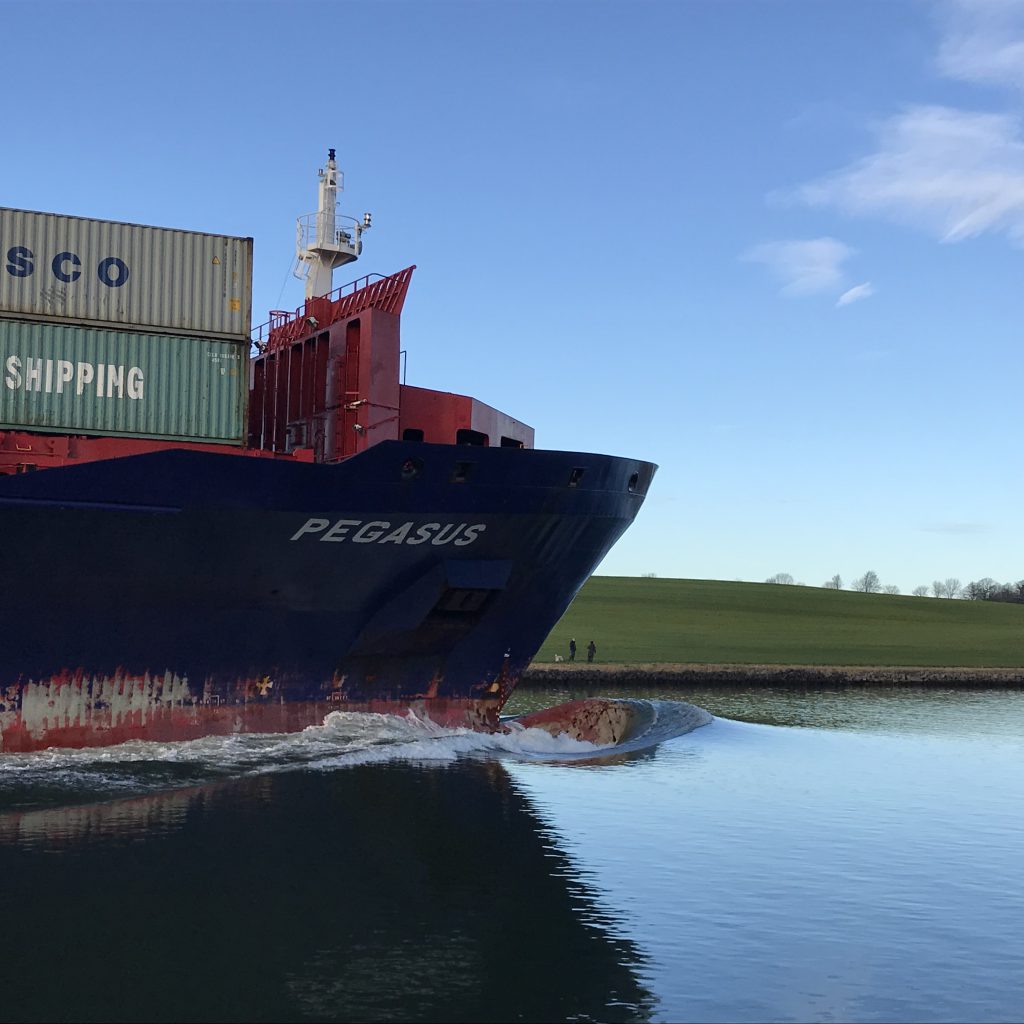
Having a bulbous bow alone does not always lead to the same bow wave. Which is fairly obvious when you think about it, of course the speed of the ship or the shape of the bow influence the wave field that is created, but also how heavily the ship is loaded, i.e. how deep the bow is in the water.
What you can see very nicely on the sequence of pictures of bows and bow waves in this post are bulbous bows going from fairly far out of the water (above) to fully submerged (towards the end).
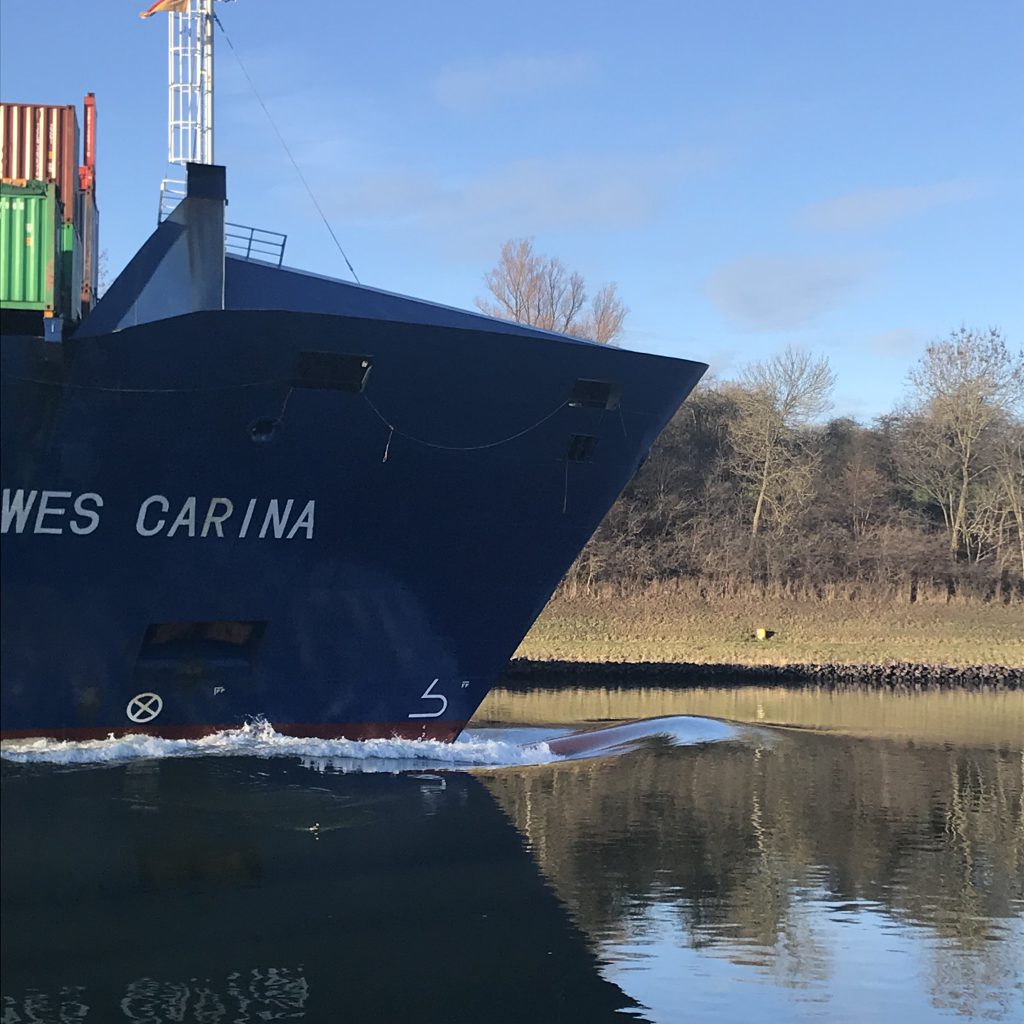
And I just love the sharp contrast of the smooth water piling up and then the turbulence and breaking waves right there. Interesting example of subcritical and supercritical speeds, btw: The ship travels faster than the bow wave (so the bow wave can’t overtake the ship, but always stays behind it, forming a two-dimensional Mach cone).
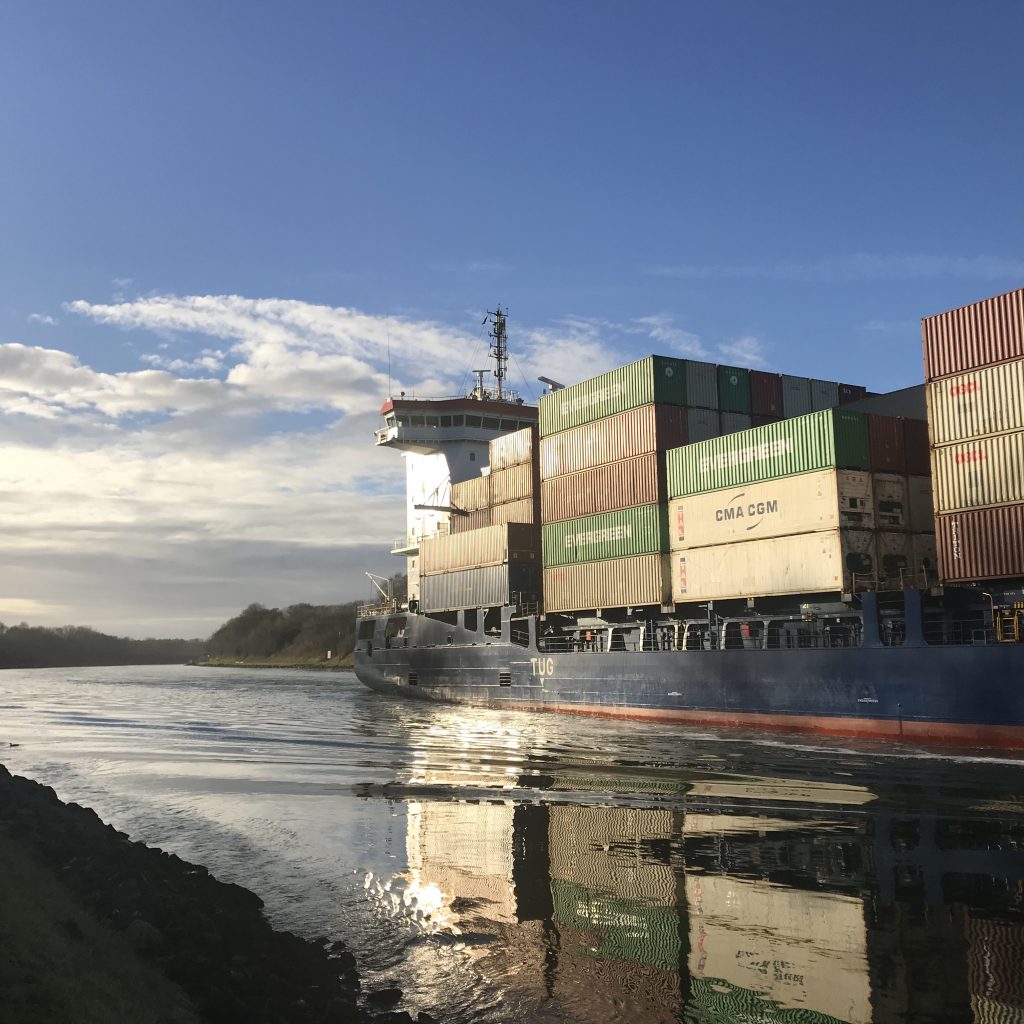
The ship in the picture below is the odd one out in this blogpost: It does not have a bulbous bow but just pushes water in front of it. This is an interesting example of a bow shape that is clearly not optimized for energy efficiency when traveling large distances, but then the purpose of that ship is obviously a different one. But isn’t it amazing how such a small ship creates waves larger than all the other much bigger ships do, just because they have better bow shapes?
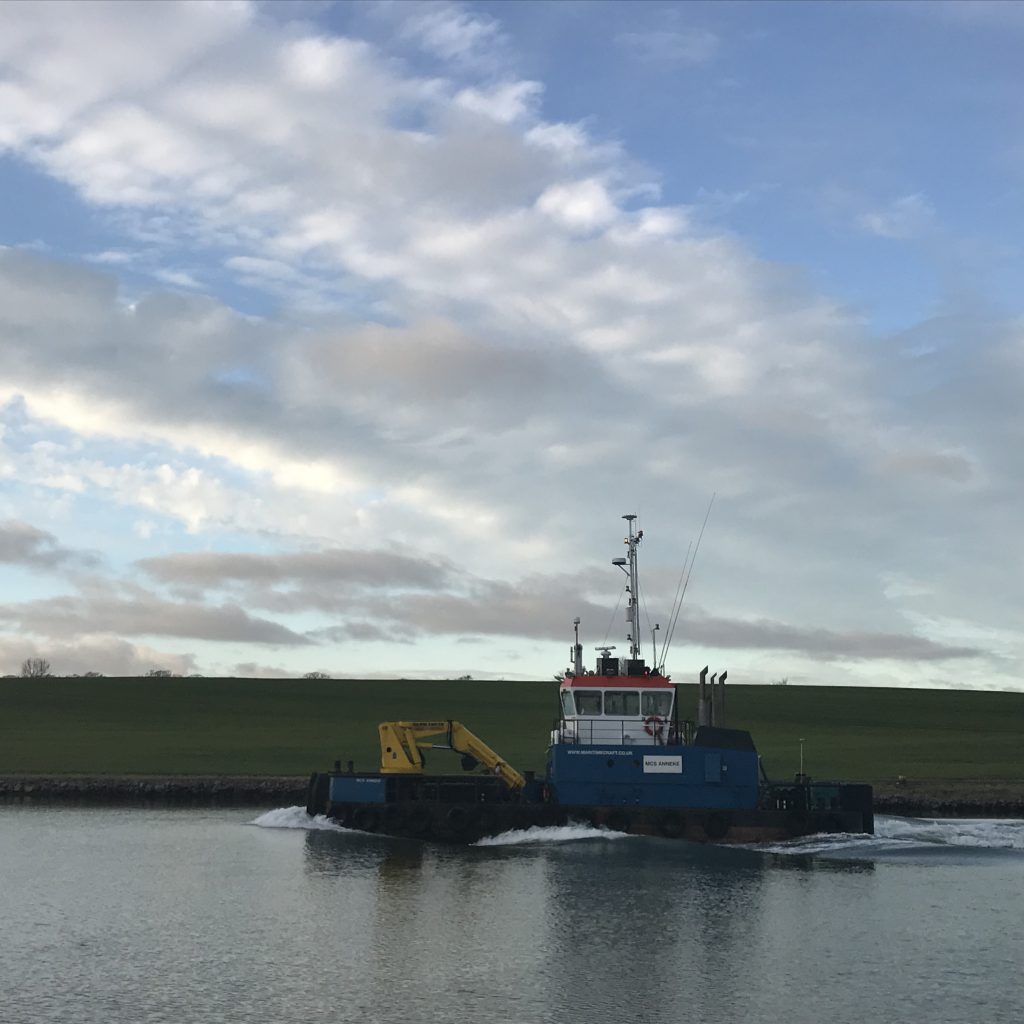
But beautiful wakes nonetheless. I love those tiny ripples riding on top of the wakes!
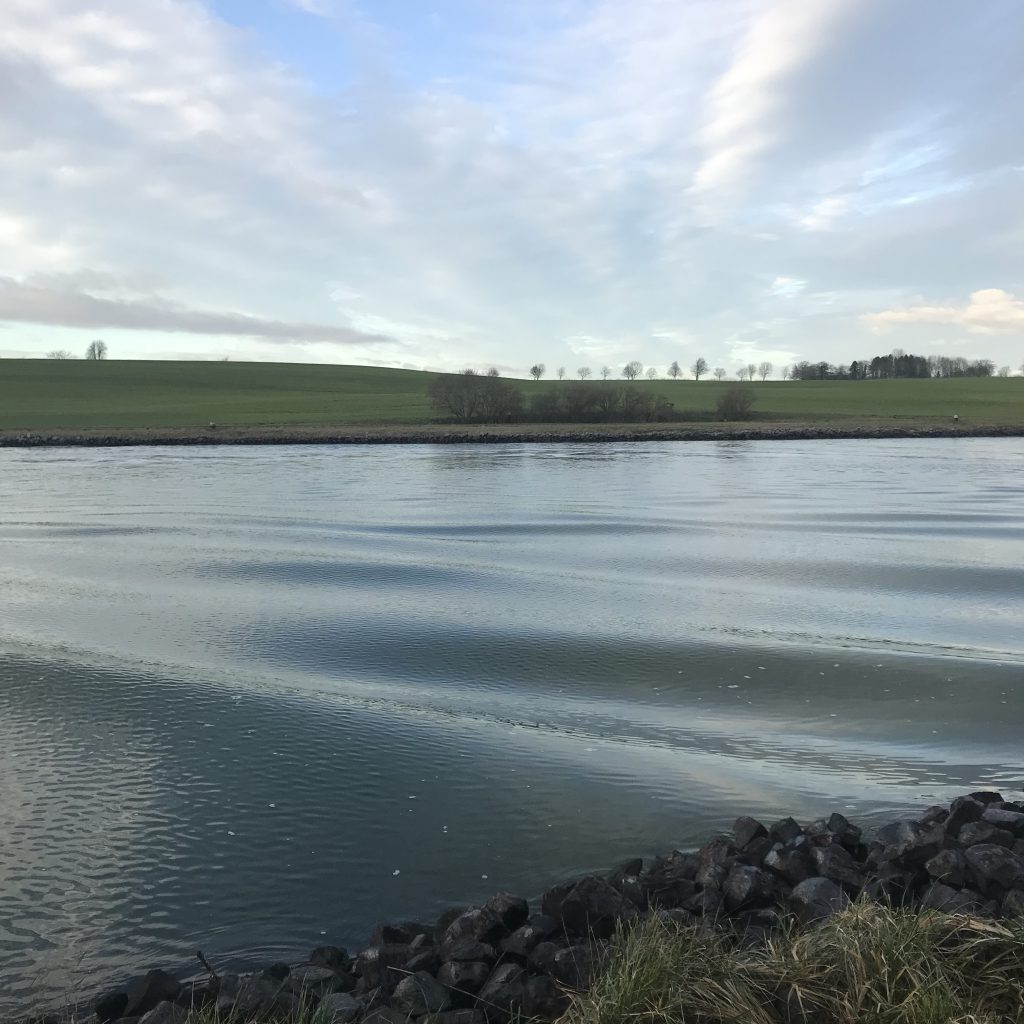
And, of course, the checkerboard pattern of a wave field and its reflection.
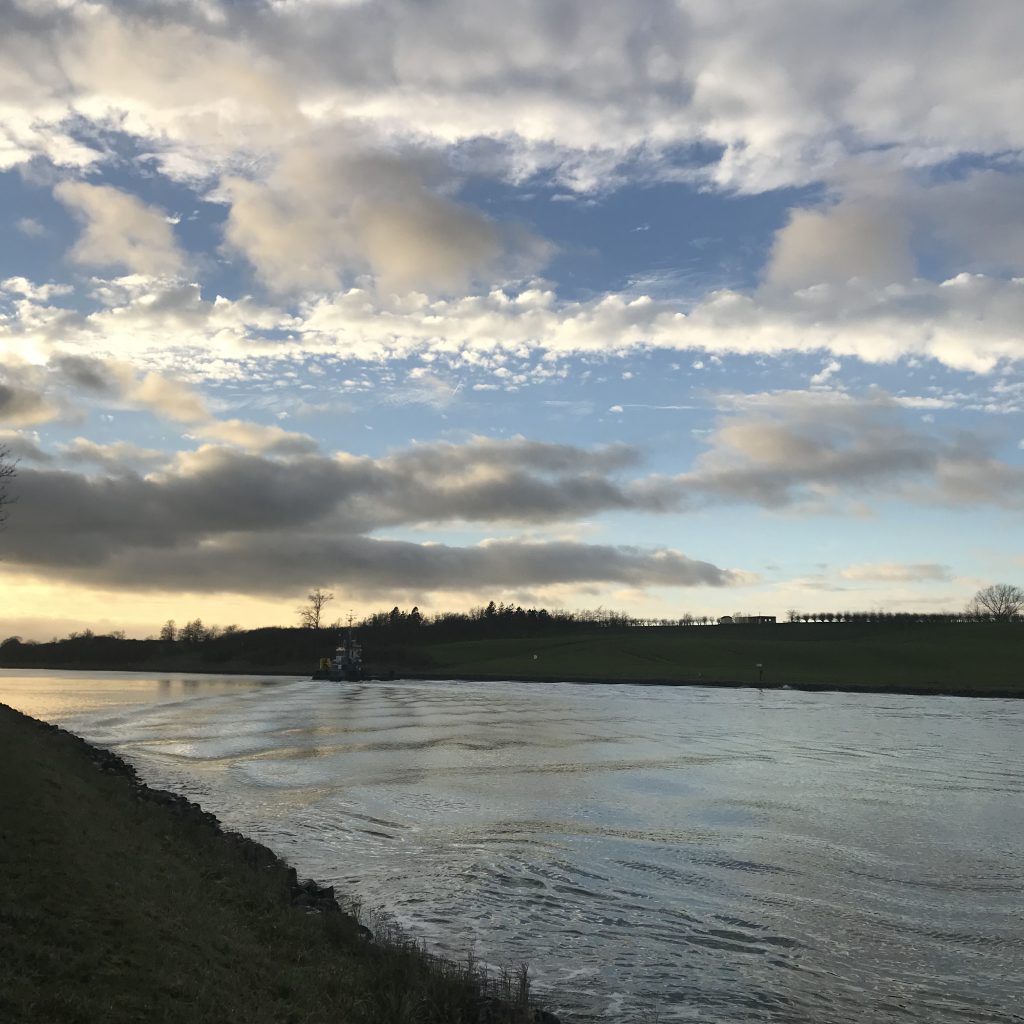
Here is another example of a ship with a bulbous bow, this time it is almost submerged. Since they are designed to be fully submerged, this ship is loaded in a way that is closer to what it was made for, and you see that the generated waves are smaller than the ones in the pictures up top.
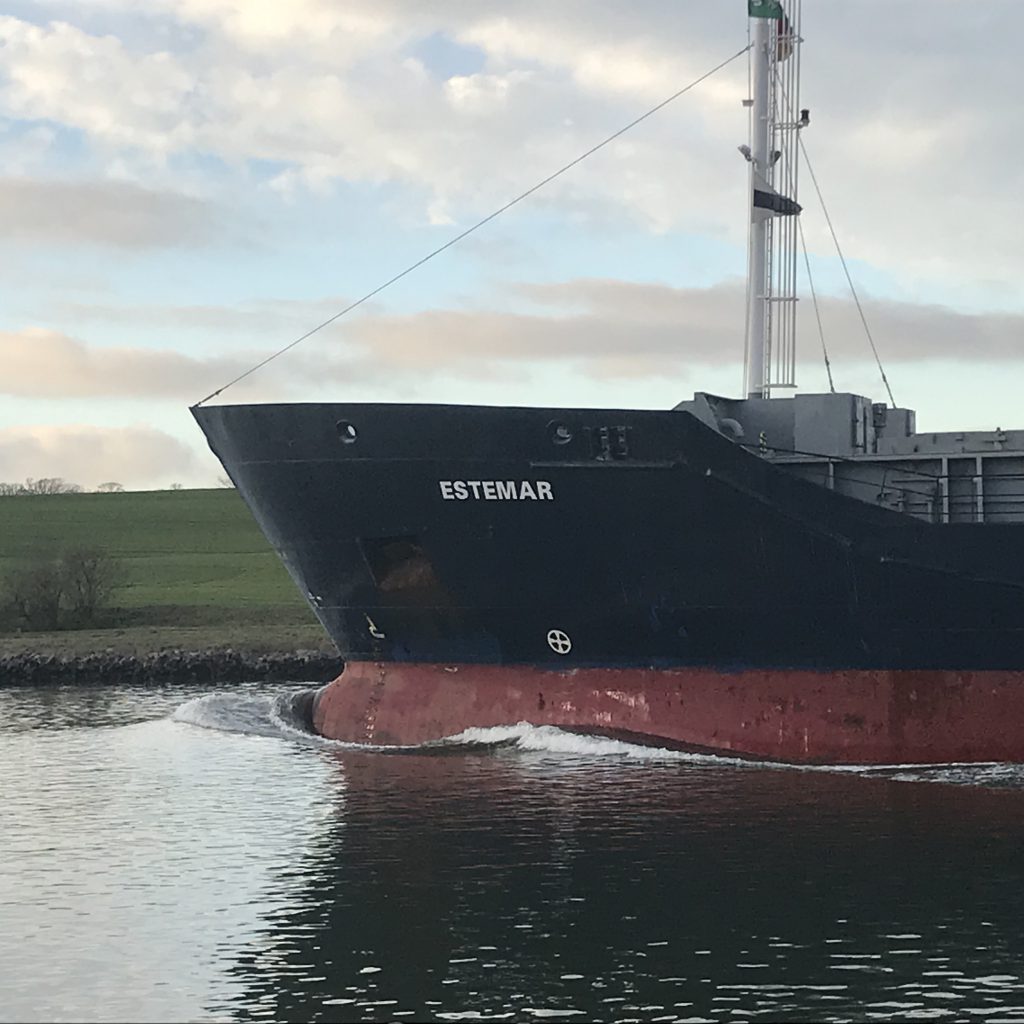
And look at its wake — really not a lot going on here, especially when compared to the much smaller ship a couple of pictures higher up in this post!
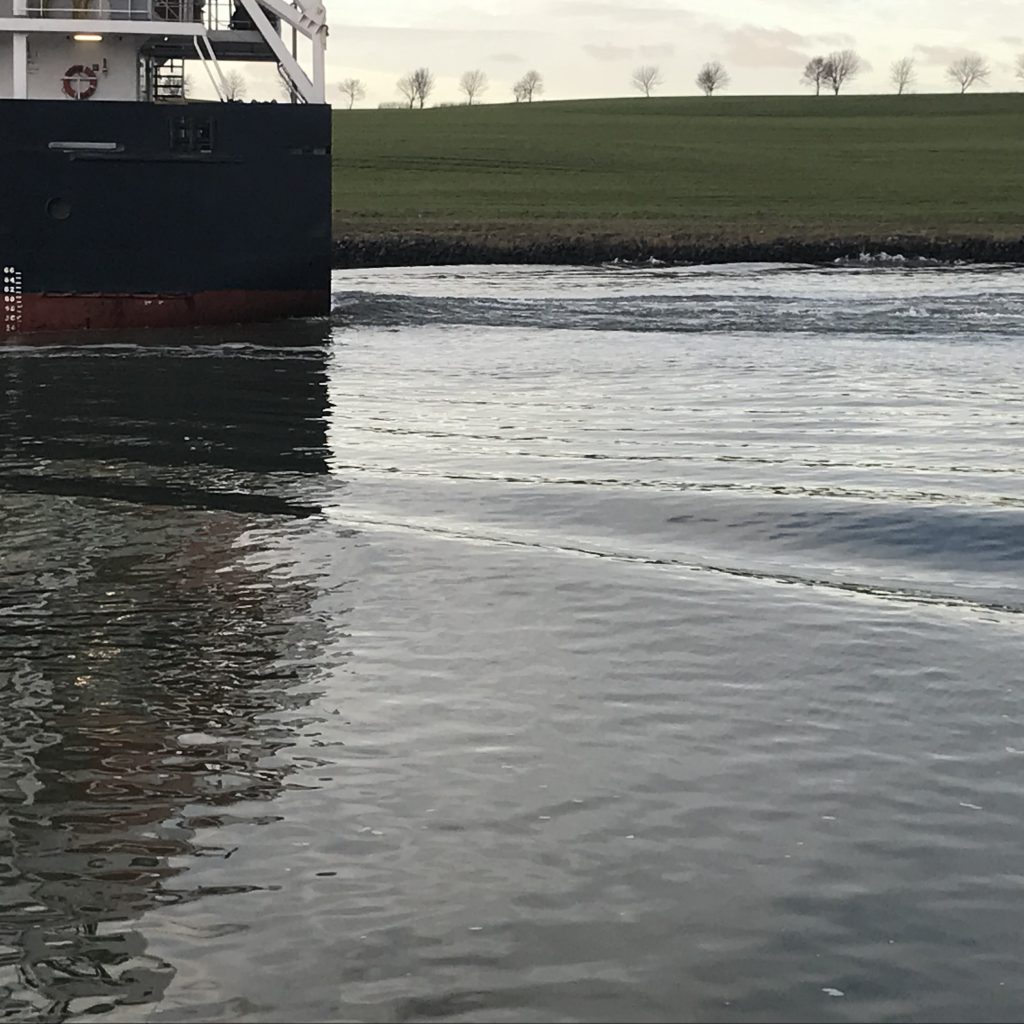
Now for a ship that is hardly creating any waves at all, the mountain of water that it’s pushing in front of its bow looks especially weird since the bulbous bow isn’t visible any more.
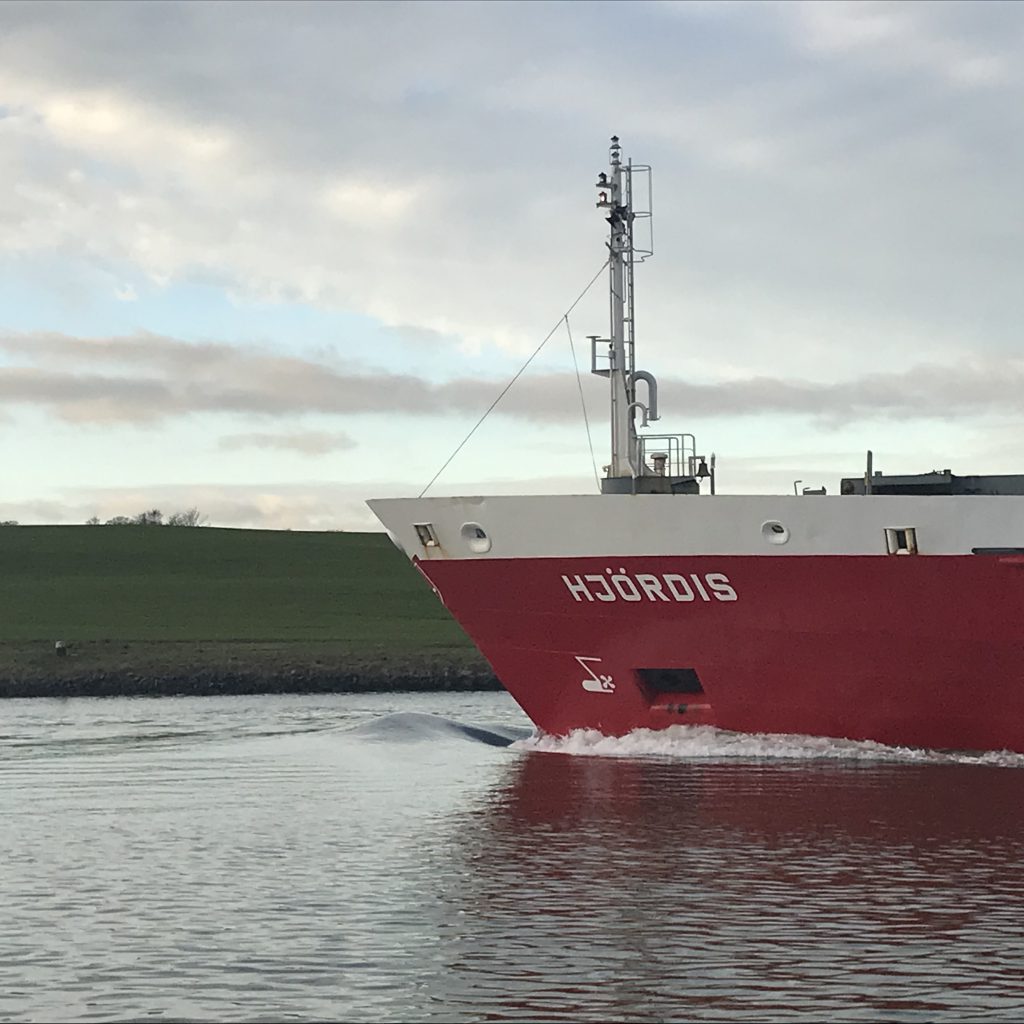
See? (And isn’t it cool how the chronological order of pictures in this post just coincided with ships laying deeper and deeper in the water? I love it when stuff like that happens :-D)
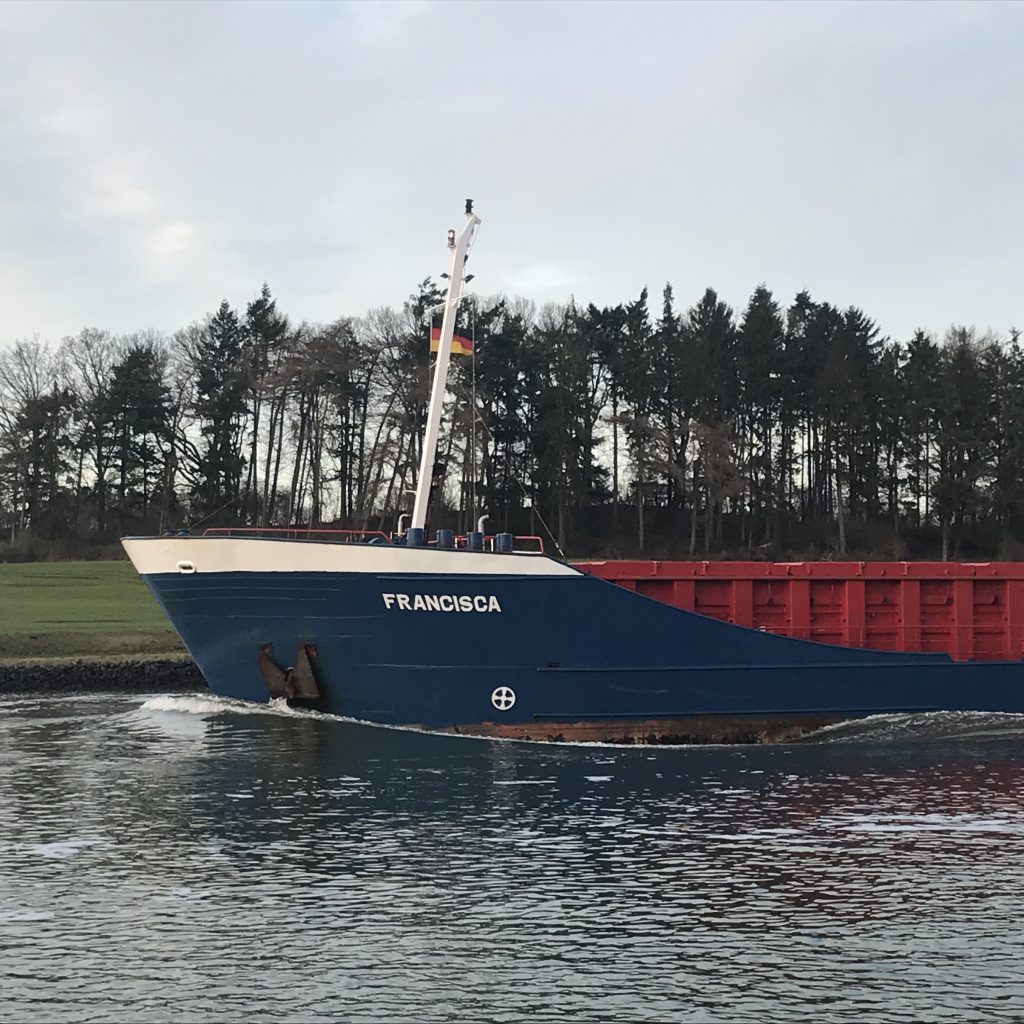
And then, of course, I had to include some more pictures of beautiful wakes…
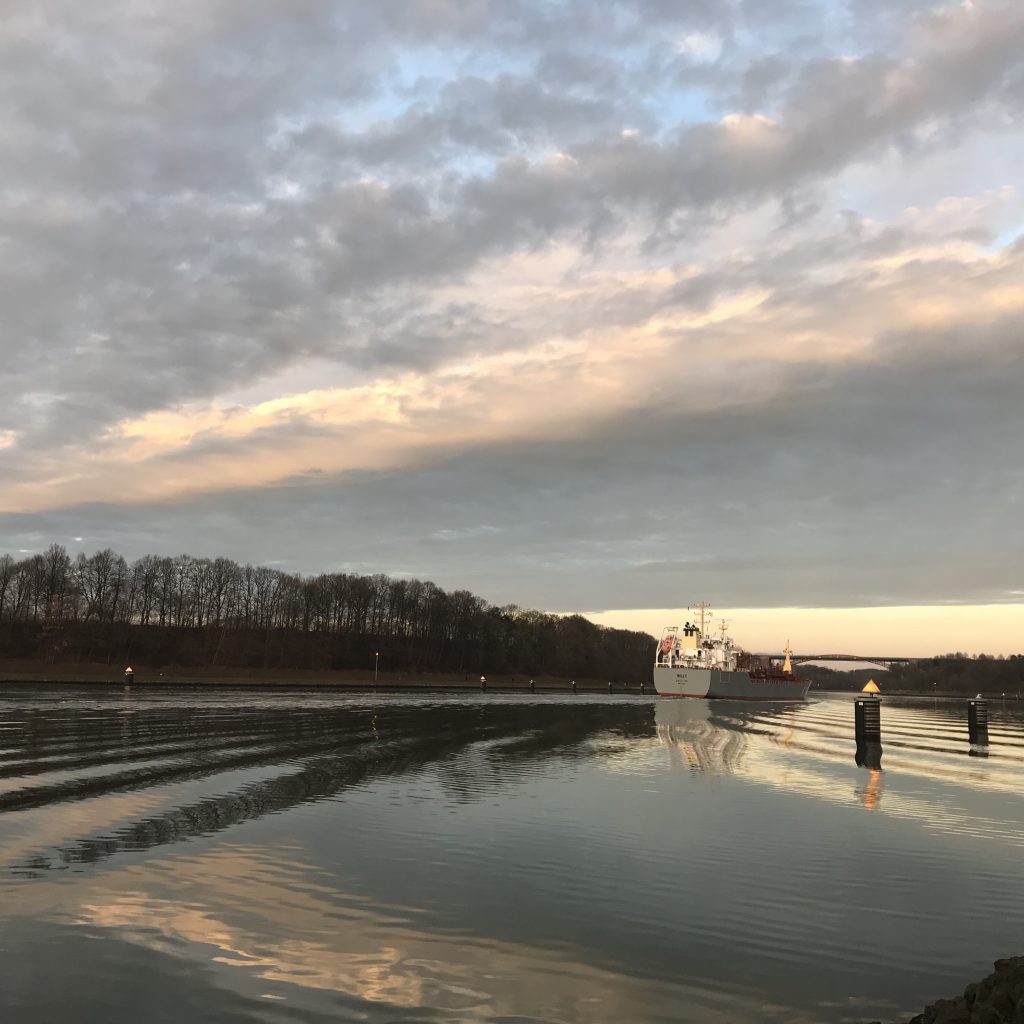
Do you see, comparing the picture above and below, how the first one was taken when the wake had just reached the shore, and the second one the wake was reflected on the shoreline already?
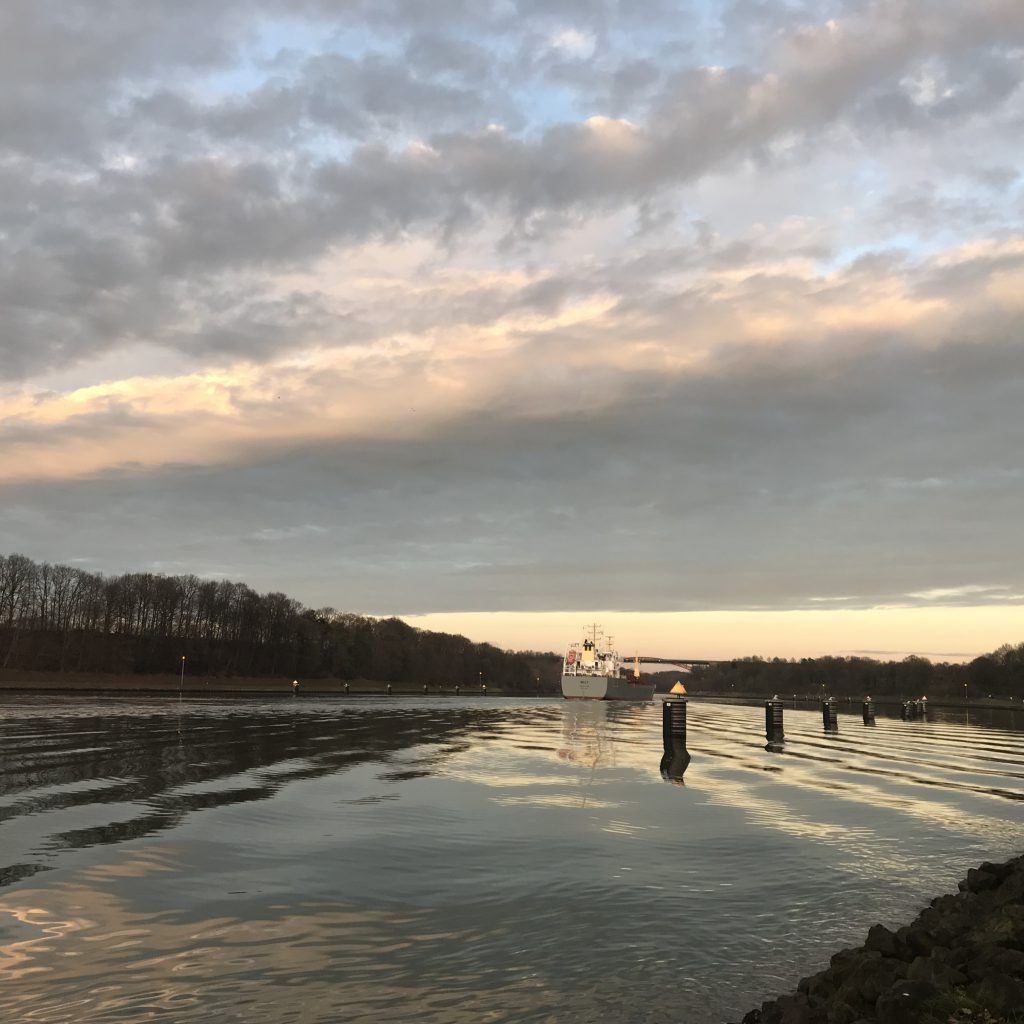
Not many things make me as happy as wave watching :-)
P.S.: Ok, one last bonus picture (non-chronological, we saw it some time during the walk. But that’s ok, I wasn’t going to include it until the post was already done and I decided that you just HAD to see this): Someone who is clearly not using their bulbous bow to their advantage. But at least I get to show you what they look like when they are not in the water. And we got to speculate about how annoying it is to be on a ship with such a strong tilt all day :-D
